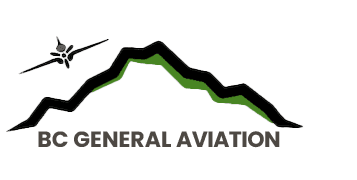The tour was limited to 10 attendees and filled up almost immediately with many more members expressing interest in future tours that we will endeavor to arrange and make available to the membership.
The tour started off in the boardroom and began with introductions and a brief overview of Nav Canada’s work and responsibilities. Time flew as members asked excellent questions about airspace and procedures specific to the lower mainland and its complex airspace. I think it is safe to say that the session was very informative and all those pilots in attendance walked away with some “insider tips” and a new perspective on how to make their flights safer, more expeditious and how to work with the controllers to make their flight easier.
The session was hosted by controllers from both Vancouver and Victoria Terminal.
Some of the topics covered included:
– Class “C” Restrictions
– Techniques for initial radio contact with Vancouver/Victoria Terminal
-Water crossing procedures
-C YVR VFR Transit Routes
-CYYJ VFR Arrival Routes
-Class C vs. Class D Airspace
-Declaring an Emergency
-Requirements to fly Trans-border
-Wake Turbulence
We also talked about some “hot spots” / “pinch points” where pilots should uses extra caution and some techniques for flying in these areas:
–King George Corridor (CZBB – CYNJ/CYXX)
-Point Roberts vs. Arrivals fro Rwy 26 in Vancouver
-Active Pass
-North of Sumas Mountain vs. Westjet Arrivals to CYXX
-Whatcom VOR
After the boardroom session we went upstairs to the operations floor and members were shown the various control positions and the 5 specialties within the ACC including, Vancouver Terminal, Victoria Terminal, the High Enroute Sectors, Flow Control & Flight Planning.
We also discussed and demonstrated some of the tools that controllers have available in at their console and when aircraft information looks like on the screen. One of the other thigs that we looked at was how all the navaids in the province are monitored 24/7.
After the Ops Floor We then went back to the boardroom and answered a few more questions and called it a night.
The tour lasted 3.5 hours which can mostly be attributed to the BCGA members being so engaged and asking some great questions. The intent of the tour was to give local pilots some insight into what occurs on the other side of the radio and to put some faces to some familiar voices in a hope that on their next flight they will feel more comfortable and confident interacting with ATC. Given the success of this tour, we anticipate holding more in the future.

